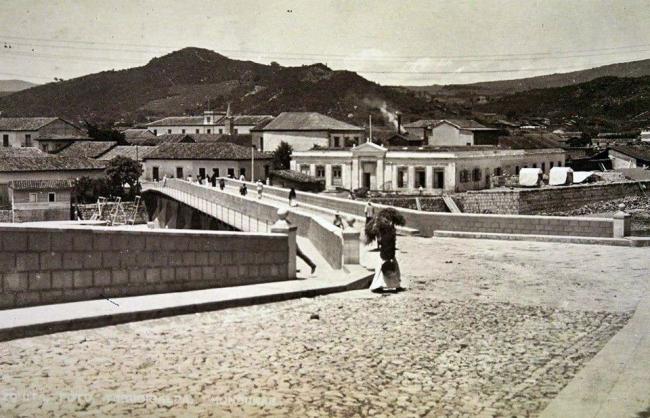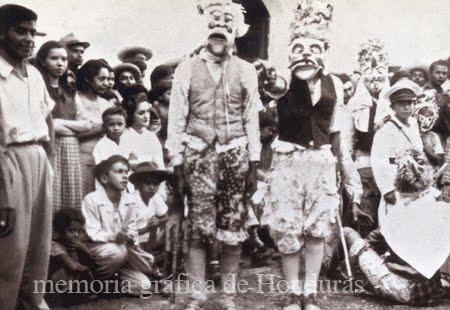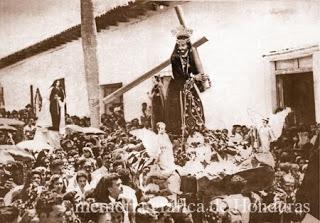The first architectural work in communication infrastructure that served as a bridge between Tegucigalpa and Comayagüela was the Mallol Bridge. Prior to this majestic architectural work, the inhabitants communicated in the dry season through the least runoff parts of the riverbed of the Grande or Choluteca, these conditions occurred before reaching the Poza del Tabacal between the sector known as La Isla and the first avenue at the height of what today is the fourth street of Comayagüela.
Comayagüela was growing in inhabitants and began to build houses especially on the banks of the river and in the so-called Calle Real, a route that was used as an exit to the south to connect with the roads leading to the southern towns of the province, so it was necessary to build a bridge to avoid the passage of the river, a decision adopted by the mayor of the Villa don Narciso Mallol. The Works began in 1818, once the plans designed by the Guatemalan architect don Juan Bautista Jauregui had been approved. The bridge was completed in 182, and was baptized with the name of its promoter "Mallol Bridge" who died in April of that year. As for the painting and other artistic expressions of the plastics arts during almost seven decades of the XXI century, these can be summarized from the school left by Jose Miguel Gomes, where painters like Manuel de Jesus Villafranca stood out, with one of his most important works as the "Portrait of the presbyter Ramon Doblado" that is currently in the Parish Church of the Villa of San Antonio. As a result of the trend of the thought of influence of liberalism as ideological, economic, political, social and cultural doctrine, the totally religious scheme ceases to be partially or at least in some artists who in their work reflect a search for the psychological portrait and which is not essentially descriptive.
Other artists stand out, such as Toribio Torres, who besides painting some works of biblical themes, makes the portraits of several bishops of Comayagua. He is the author of a painting entitled "The Three Divine Persons", currently in the hands of private individuals, thus, the previous paragraph mentions that the religious issue is still in force and practiced by some artists, which reflects that trend that will continue to this day in terms of antagonistic positions of thought for some conservative calls for others of liberal tendency.
The history of nineteenth-century art also records Toribio Jerez, although it is true that he is of Nicaraguan origin, this exerts a notable influence on the Honduran painting of the second half of the nineteenth century, specialized in the Portrait to become a professional of the same, a virtue that made him one of the greatest portraiters in the country. Among his most important works are "The Bishops of Nicaragua", preserved in the chapter hall of the Cathedral of Leon. This collection deserved the praise of the North American Squier towards 1850 who verified the variety of the models of his physiognomies and complexions. Other important portraits attributed to Jerez are those of "Tomasa Sinforosa Noguera de Fernandez", "J. de Castellon" and "Gertudiz Corral", the latter from 1859 and belonging to influential Nicaraguan families.
Due to the conditions of political instability, the painters went from village to village, most of them hired by local people, especially in the haciendas, where the wealthy lords had their families painted and whom the artists charged for "painted heads"; Among these are a certain Larios, a specialist in painting children; there is also Francisco Candido de Betancurt, who according to an article by Rafael Heliodoro Valle, was hired by the Municipality of Yoro to clean, retouch and fix the canvases of "La Vida de Santiago" existing in the Parish Church.
Another outstanding painter of the time is Jose Sotero Lazo, a magnificent Honduran artist of whom several personalities of the time give reference, among them Juan B. Valladares, William Wells and Father Jose Trinidad Reyes himself.




